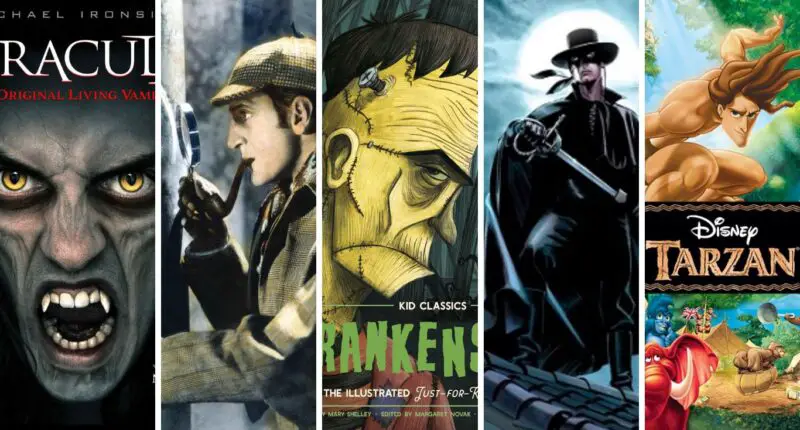Comic books have been entertaining readers for decades, captivating audiences with their imaginative storylines and colorful characters. Some of the most iconic comic characters have become public domain, meaning they are no longer restricted by copyright laws. This allows anyone to use and create new stories featuring these beloved characters. Here are 10 best public domain comic characters that have stood the test of time and continue to captivate audiences today.
10 Best Public Domain Comic Characters
Tarzan

Tarzan, created by Edgar Rice Burroughs, first appeared in the novel “Tarzan of the Apes” in 1912. The character became a popular icon and was adapted into numerous media forms, including comic books. Tarzan became a public domain character in the United States in the late 1960s. This happened because the copyright for the Tarzan stories, which were originally published by Burroughs, had lapsed.
Zorro
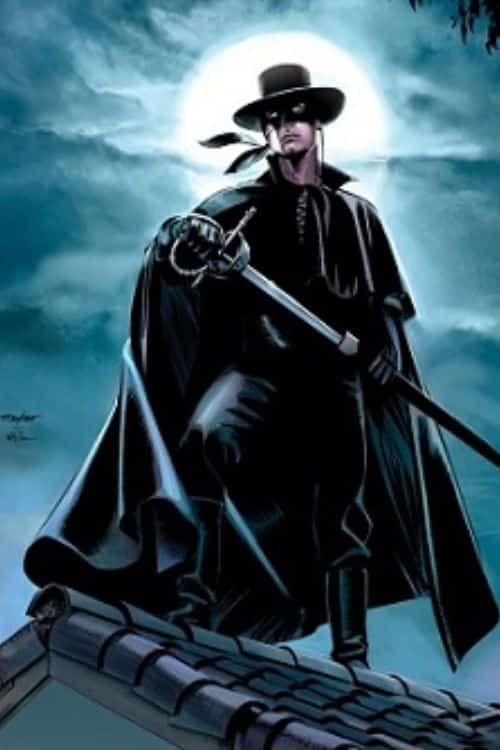
The masked vigilante (Zorror) who defends the people of California from tyranny and oppression, became a public domain comic character through a combination of factors.
First, Zorro was created in 1919 by Johnston McCulley, and the original Zorro stories were published in pulp magazines. In the early 20th century, the length of copyright protection was much shorter than it is today, and copyright law also did not cover many of the forms in which Zorro appeared, such as movie serials and comic strips.
Second, over the years, many different people have produced their own versions of Zorro stories, both in print and on screen. Some of these works were based on the original stories by McCulley, while others were entirely new creations. The popularity of Zorro, combined with the fact that the character had already entered the public domain, has allowed the character to evolve and continue to be a cultural touchstone for generations.
The Phantom
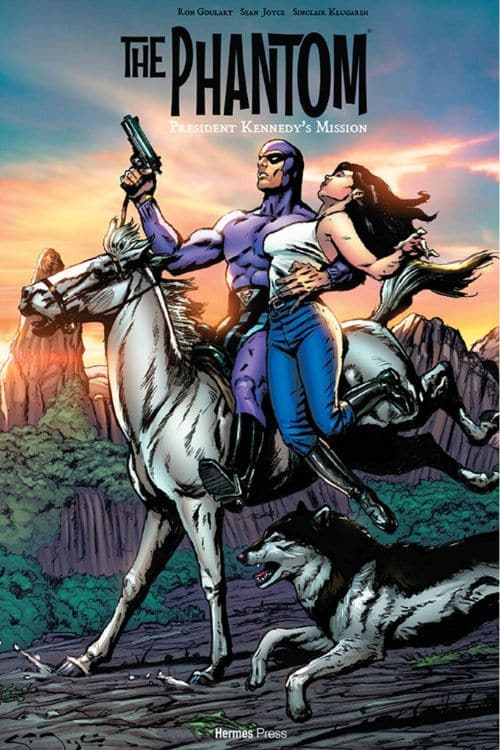
The Phantom comic strip, created by Lee Falk, first appeared in newspapers on February 17, 1936. The copyright for the character is based on the date of first publication, which was in the 1930s. As per the copyright laws in effect at the time, the copyright lasted for 28 years and could be renewed for an additional 28 years.
However, it appears that the creators of The Phantom did not renew the copyright, allowing it to enter the public domain. This means that anyone is free to use the character and create new works featuring The Phantom without needing permission or paying licensing fees. The exact date when The Phantom became a public domain character is not clear, but it is believed to have happened in the 1960s or 1970s.
Dracula

Bram Stoker created character (Dracula), entered the public domain in the late 20th century. This means that the story and its characters, including the titular Count Dracula, are no longer protected by copyright and can be freely used by creators for various purposes, such as comics.
The specific date that “Dracula” became public domain varies by country, as copyright laws and their length of protection differ. For example, in the United States, works published before 1923 are in the public domain.
In terms of how Dracula became a comic character, it happened as a result of comic book publishers, writers and artists drawing inspiration from the public domain novel and creating new stories and interpretations featuring the iconic vampire. Some of these comics have been published by major comic book companies such as Marvel and DC, while others have been independent productions. Regardless of their origins, these comics have helped to popularize Dracula and cement his status as a comic book character.
Sherlock Holmes

The characters of Sherlock Holmes and Dr. John Watson, created by Sir Arthur Conan Doyle, entered the public domain in the United States in the late 1980s, due to a change in copyright law. This change allowed for anyone to use and adapt the characters for their own purposes, including creating comic books and graphic novels. Since then, many different comic book publishers and writers have used the characters to create new stories and adventures, some staying close to the original stories and others taking the characters in new and imaginative directions.
Frankenstein
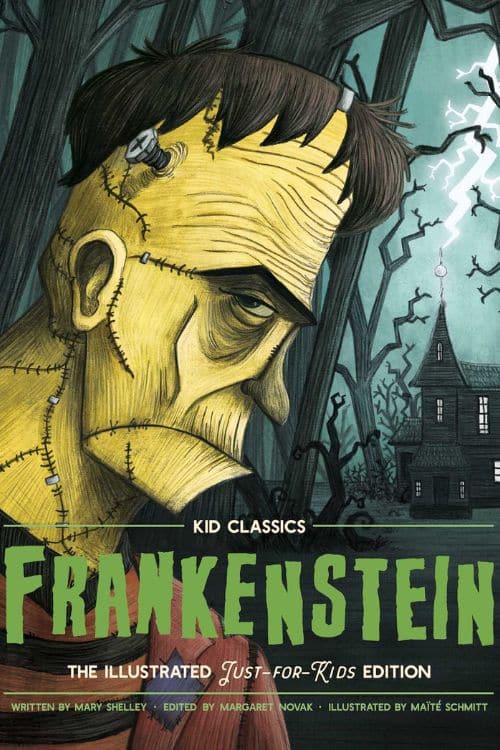
Frankenstein became a public domain comic character after the death of Mary Shelley in 1851. Shelley was the original author of the novel “Frankenstein; or, The Modern Prometheus,” which was first published in 1818. After her death, the copyright on the novel expired, making the character and its story available to the public for adaptation and use in various forms of media, including comic books.
One of the earliest comic adaptations of Frankenstein was in the 1950s, with the release of comic books such as “Frankenstein, Jr.” and “The Impossibles.” Over the years, the character has been reimagined and used in various comic book series, such as “Marvel Monsters” and “The Monster Society of Evil.”
Today, Frankenstein is considered a public domain character. This has led to a proliferation of comic book adaptations of Frankenstein, and the character continues to be a popular subject in the world of comics.
Popeye

Popeye the Sailor Man is a comic strip character created by Elzie Crisler Segar in 1929. The character became popular in the 1930s and 1940s and was later adapted into various forms of media, including film, television, and video games.
In the United States, copyright law grants exclusive rights to the creator of a work for a certain period of time, typically the life of the creator plus a specified number of years after their death. Once the copyright term has expired, the work enters the public domain and can be used freely by anyone.
The exact date that Popeye became a public domain character is unclear, as the specifics depend on the laws of the particular country and the length of the copyright term in effect at the time. However, it is generally accepted that works published in the U.S. before 1923 are in the public domain, which would include the original Popeye comic strip.
Dick Tracy
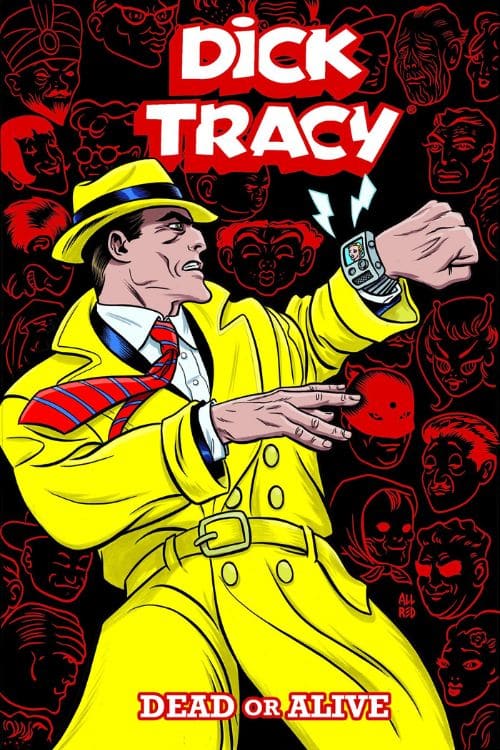
Character created by Chester Gould (Dick Tracy), became part of the public domain after Gould’s death in 1985. Works enter the public domain when their copyright expires or if they were never eligible for copyright protection in the first place. In the United States, copyrights last for the life of the author plus 70 years, so as Gould died more than 70 years ago, his works, including the Dick Tracy comic strip, are now in the public domain. This means that anyone can use, adapt, or profit from the character without having to pay royalties or obtain permission from
Blue Beetle
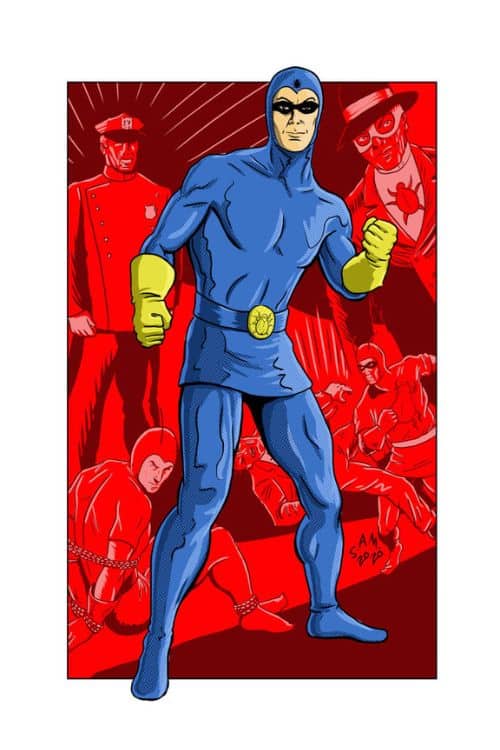
Blue Beetle became a public domain comic character on January 1, 1979, due to the lapsing of the copyright. The original Blue Beetle character was created by Fox Feature Syndicate in 1939 and first appeared in Mystery Men Comics #1. The copyright for the character lapsed because Fox Feature Syndicate failed to renew the copyright after the required 28 years.
Since then, various publishers and creators have used the Blue Beetle character in their own comics and stories without the need for permission or licensing from the original copyright holder. This has led to the character appearing in a variety of different forms and interpretations over the years, making it a well-known and beloved comic book character.
Felix the Cat
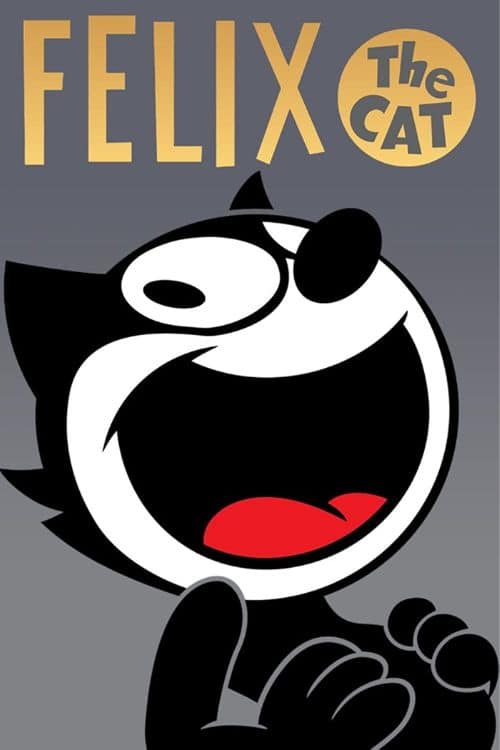
Felix the Cat became a public domain comic character in 1966, after the copyright on the original character and his early cartoons expired. This was due to the fact that the copyright term at the time was only 28 years, and the original Felix cartoons were created in the early 1920s. As a result, the character and his early adventures became freely available to be used and adapted by anyone without restriction or permission. This has led to numerous adaptations, reinterpretations, and homages to Felix over the years, and he remains one of the most iconic and beloved comic characters in history.
Also Read: Best Marvel Comics For Beginners
